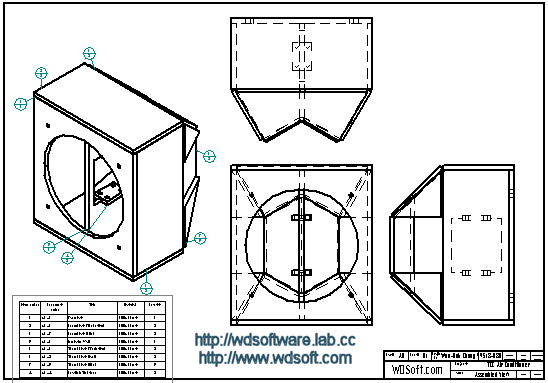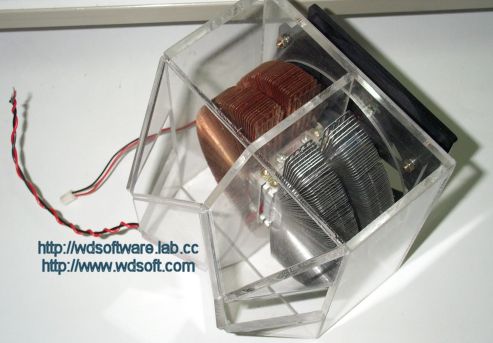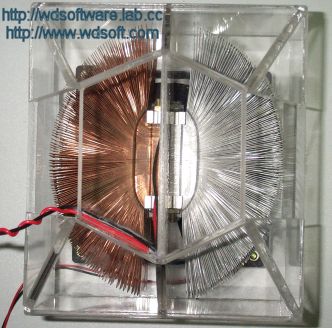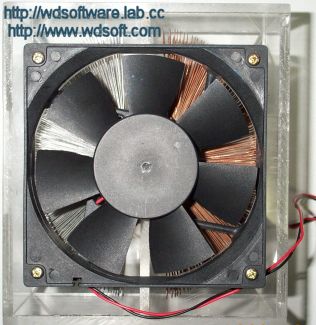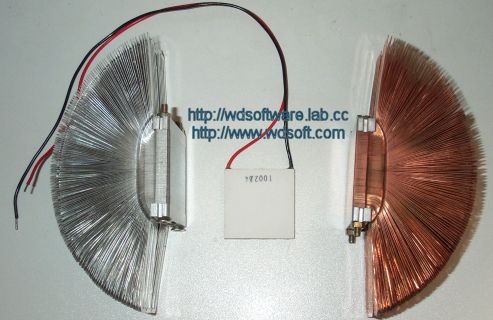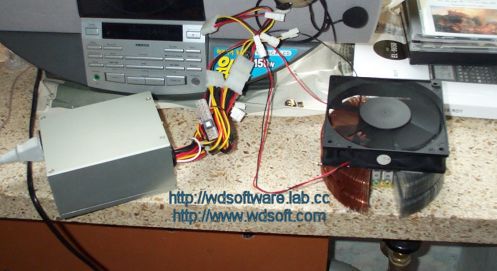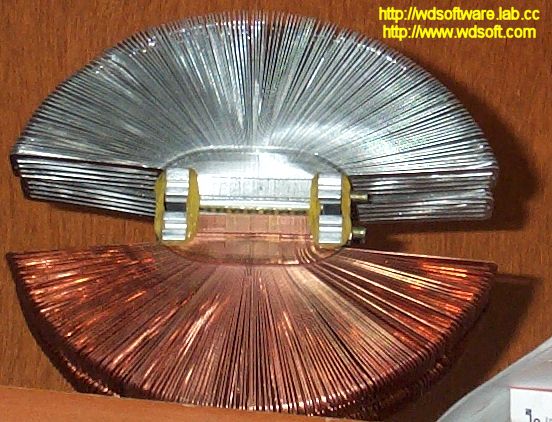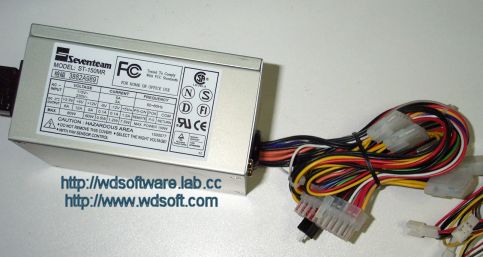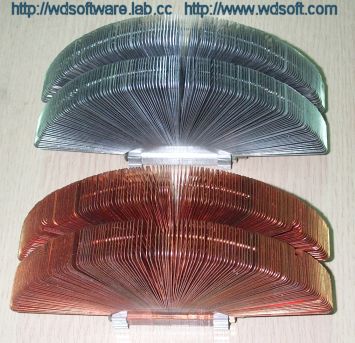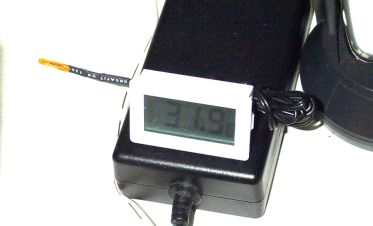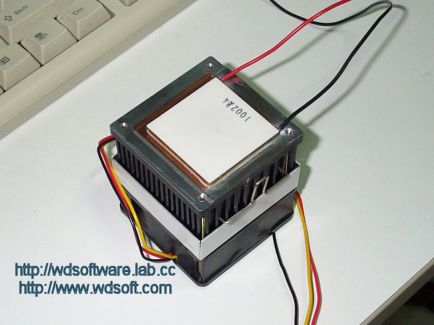Miniature Air Conditioner (5/5)
Posted by Wesley onNow it was time for the real test; to hook the air conditioner up to my system and observe temperature differences. System specification is as follows:
| CPU: | AMD T-bird 1GHz @ 1.12GHz |
| M/B: | Soltek SL-75KAV (KT133A Chipset) |
| Heatsink: | Zalman CNPS3100-Gold |
| RAM: | 256MB x 1 Corsair PC-150 SDRAM |
| Video: | LEOTEC GeForce2 MX 32MB |
| HDD: | IBM DeskStar 75GXP 30GB |
| OS: | Windows 2000 SP2 |
| Else: | Classified ^_^ |
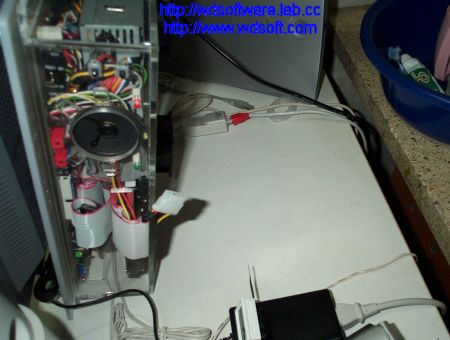
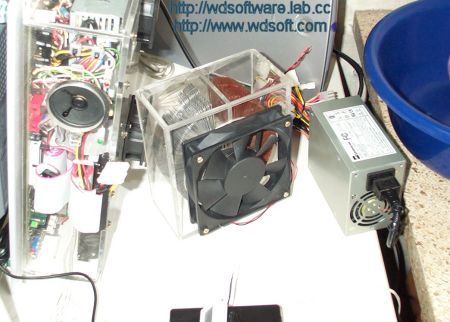
Tests were done in a stable ambient temperature environment for 40 minutes and MBM5 was used for temperature detection and logging. CPU was at 100% load during all times of the test using distributed.net client.
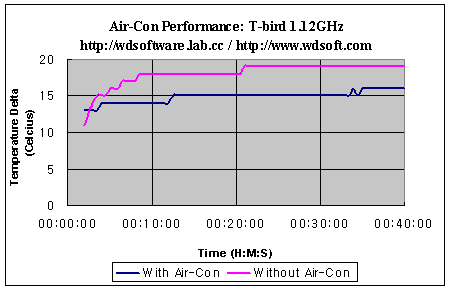
Providing cold air to the intake fan of the system, the air conditioner should be lowering the system components overall. The result shows that it does indeed do that, as it lowered the CPU temperature by approximately 3C, which correlates to the dry run results. Although not shown here, the GF2 MX's chipset core experienced nearly identical temperature drop also. I believe the project has been a success! I think I can last this summer without much worries now.
